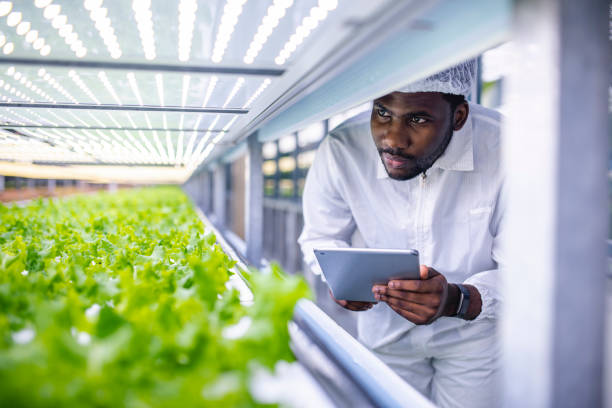Agricultural research and development (R&D) plays a vital role in ensuring global food security, improving agricultural productivity, and promoting sustainable agricultural practices. As the global population continues to grow, reaching a projected 9.7 billion by 2050, the importance of agricultural R&D cannot be overstated. In this article, we will explore the significance of agricultural R&D, its benefits, and the challenges facing the sector.
Why Agricultural R&D Matters
Agricultural R&D is crucial for several reasons:
- Food Security: Agricultural R&D helps develop high-yielding crop varieties, improves livestock productivity, and enhances farming practices, ultimately increasing food availability and accessibility.
- Productivity Growth: R&D leads to the development of new technologies, practices, and inputs that boost agricultural productivity, reducing costs and increasing efficiency.
- Sustainability: Agricultural R&D promotes sustainable agriculture practices, such as conservation agriculture, organic farming, and integrated pest management, which reduce environmental degradation and promote eco-friendly farming.
- Climate Change Mitigation: R&D helps develop climate-resilient crop and animal varieties, as well as strategies for adapting to changing weather patterns.
- Economic Growth: Agricultural R&D contributes to economic growth by increasing agricultural productivity, improving rural livelihoods, and generating employment opportunities.
Benefits of Agricultural R&D
The benefits of agricultural R&D are numerous:
- Improved Crop Yields: R&D leads to the development of high-yielding crop varieties, reducing crop failures and increasing food availability.
- Enhanced Livestock Productivity: R&D improves animal health, nutrition, and breeding practices, leading to increased livestock productivity.
- Increased Food Quality: R&D develops new technologies and practices that enhance food quality, safety, and nutritional content.
- Reduced Environmental Impact: Sustainable agriculture practices developed through R&D reduce environmental degradation, promote biodiversity, and conserve natural resources.
- Improved Rural Livelihoods: R&D generates employment opportunities, increases rural incomes, and improves the overall well-being of rural communities.
Challenges Facing Agricultural R&D
Despite its importance, agricultural R&D faces several challenges:
- Funding Constraints: Agricultural R&D often receives inadequate funding, limiting the scope and impact of research projects.
- Infrastructure Deficits: Poor infrastructure, such as irrigation systems, roads, and storage facilities, hinders agricultural productivity and R&D.
- Climate Change: Climate change poses significant challenges to agricultural R&D, requiring the development of climate-resilient crop and animal varieties.
- Limited Access to Technology: Smallholder farmers often lack access to modern technologies, limiting their ability to adopt improved agricultural practices.
- Brain Drain: The agricultural sector often struggles to attract and retain skilled professionals, leading to a brain drain in agricultural R&D.
The Way Forward
To address the challenges facing agricultural R&D, several strategies can be employed:
- Increased Funding: Governments, private sector organizations, and international institutions should increase funding for agricultural R&D.
- Capacity Building: Training programs and capacity-building initiatives can enhance the skills of researchers, farmers, and extension agents.
- Public-Private Partnerships: Collaboration between public and private sector organizations can leverage resources, expertise, and funding for agricultural R&D.
- Digital Agriculture: Leveraging digital technologies, such as precision agriculture, drones, and mobile apps, can enhance agricultural productivity and R&D.
- Policy Support: Governments should develop policies that support agricultural R&D, such as providing incentives for private sector investment and promoting sustainable agriculture practices.
Conclusion
Agricultural research and development is crucial for ensuring global food security, improving agricultural productivity, and promoting sustainable agriculture practices. Despite the challenges facing the sector, increased funding, capacity building, public-private partnerships, digital agriculture, and policy support can help overcome these obstacles. By prioritizing agricultural R&D, we can develop innovative solutions to the complex challenges facing agriculture, ultimately improving the lives of millions of people around the world.

